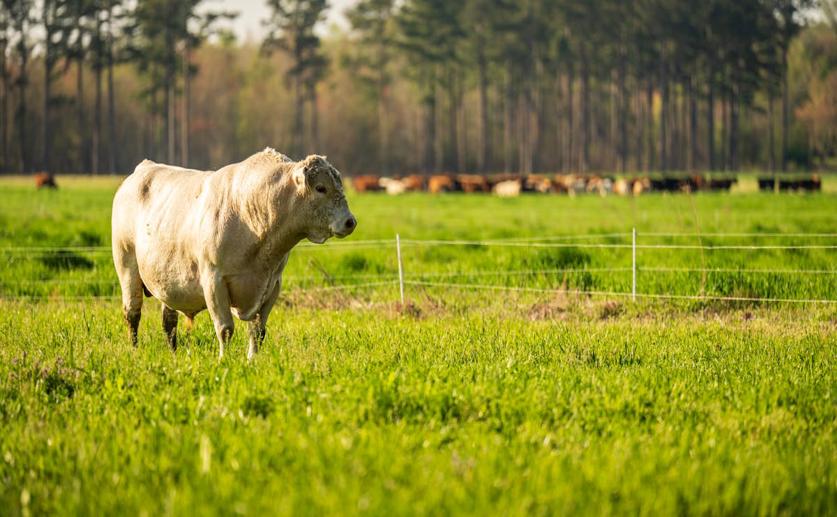
Exploring Gene Activity in Growing Cow Eggs at the Single-Cell Level
Jim Crocker
7th April, 2024

Image Source: Mark Stebnicki (photographer)
Key Findings
- Researchers at University College Dublin studied the growth of bovine oocytes, which are similar to human oocytes
- They discovered that bovine oocytes begin to activate RNA transcription at a later stage than mice and humans
- Using advanced single-cell RNA sequencing, the study revealed dynamic gene expression changes during oocyte growth, which could improve fertility treatments
References
Main Study
1) Single-cell profiling reveals transcriptome dynamics during bovine oocyte growth
Published 6th April, 2024
https://doi.org/10.1186/s12864-024-10234-0
Related Studies
2) Nucleus ultrastructure and transcriptional activity of bovine oocytes in preantral and early antral follicles.
Journal: Molecular reproduction and development, Issue: Vol 46, Issue 2, Feb 1997
3) Integrative single-cell analysis of transcriptome, DNA methylome and chromatin accessibility in mouse oocytes.
4) Energy metabolism of follicular environment during oocyte growth and maturation.
5) Essential shared and species-specific features of mammalian oocyte maturation-associated transcriptome changes impacting oocyte physiology.



 8th March, 2024 | Jenn Hoskins
8th March, 2024 | Jenn Hoskins